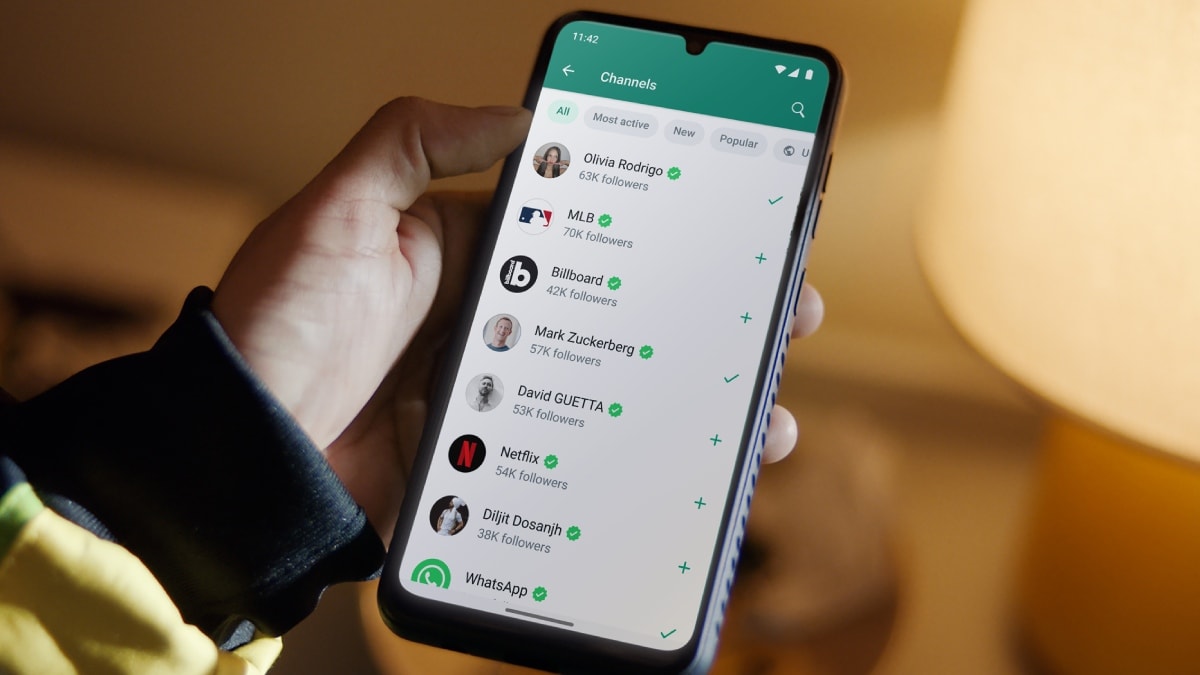This scam is actually based on a type of technic ‘Stegonography’, in which dangerous malware is hidden in a normal looking image file. As soon as the user downloads the photo, the virus becomes active in mobile and in the background, the user’s personal details, OTP and banking data are delivered to scammers.
Something similar happened in this person’s case. The victim Pradeep Jain received a call from an unknown number in the morning, after that a WhatsApp message came from the same number in which the picture and a question was “Do you know this person?” He first ignored the message but after repeated calls, he gave up. He downloaded the picture at around 1:35 pm. In a few minutes, Rs 2.01 lakh was withdrawn from his bank account. The transaction took place through an ATM in Hyderabad.
Surprisingly, when the bank tried to confirm the transaction, the scammers copied Pradeep Jain’s voice during the call.
Now even though this case is old for a few weeks, its method is new and the danger is still there. Therefore, it is important to know how to protect yourself from such scams.
What to do to avoid WhatsApp image scam?
Do not open any message or photo from unknown number: If a stranger sends an image asking your identity, delete it immediately.
Close auto-download: Go to Whatsapp Settings and close the media auto-download so that no file is downloaded by itself.
Keep multi-layer security on in banking apps: Such as two-factor authentication (2fa) and biometric lock.
Be careful before clicking on any link: If there is a link in the message on WhatsApp, first check on Google or consult knowledgeable.

